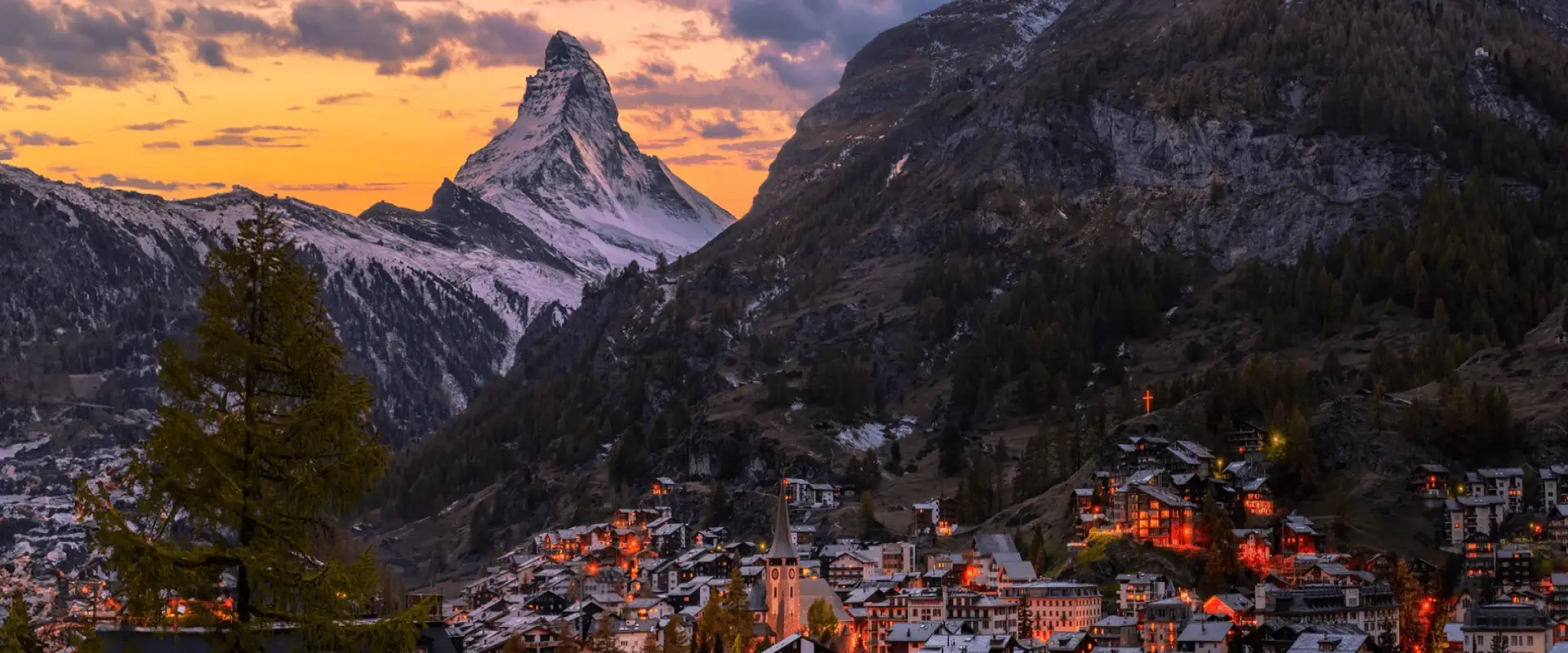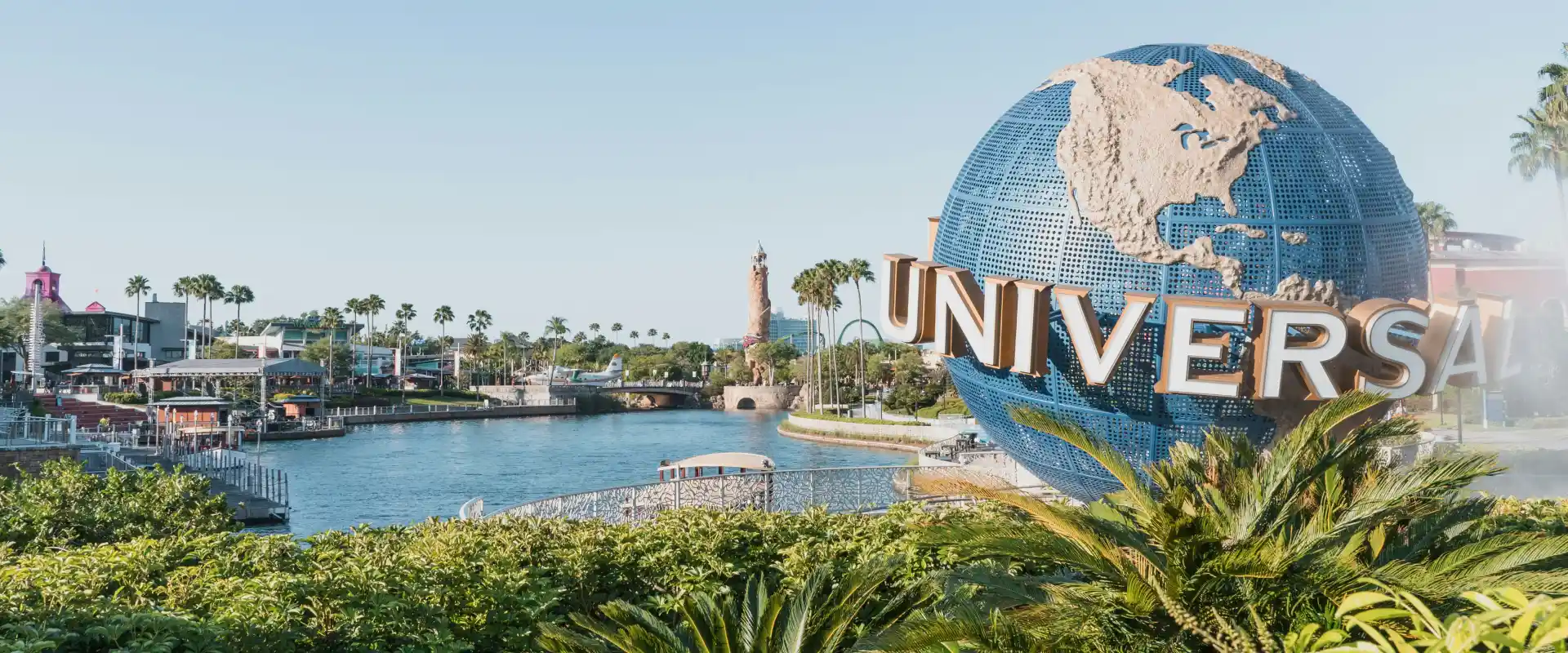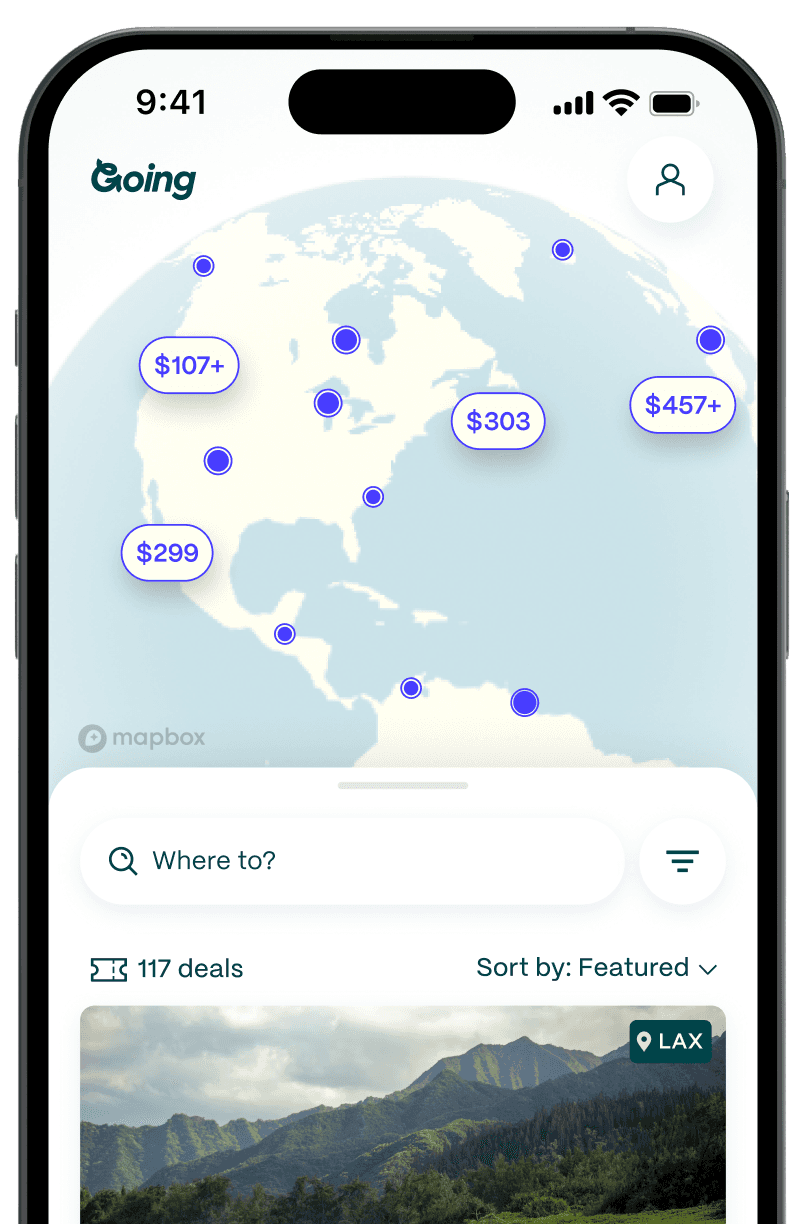
The Swiss Wine Region Home to the Alps' Biggest Glaciers
Table of Contents
Racking up an impressive 300 cloudless days a year, Switzerland’s sunniest canton (region) is situated in the southwest of the country. Home to the history-steeped city of Sion and world-famous ski resorts like Crans-Montana, the Valais stretches along the Rhône River Valley, climbing from gentle pastures to sky-scraping, snow-caked peaks.
Not short on superlatives, it boasts the largest natural underground lake in Europe, the world’s oldest playable organ, the Alps’ three biggest glaciers, and Europe’s loftiest vineyard (Visperterminen). It’s also Switzerland's primary wine-producing canton. The landlocked country’s best kept secret, scarcely a drop of Switzerland’s 252 grape varietals leaves its borders, owing to its wine estates’ boutique-style production.
A region full of surprises, the Valais’ age-old alpine traditions are spliced with world-class art, car-less ski resorts, and forward-thinking chefs.
Experiencing the region’s high (wild) life

It’s no secret that this pocket-sized country is big on adventure, and the Valais serves it up by the bucketload! One of the best ways to commune with nature and the canton’s alpine critters is by getting some altitude.
Chamois—a type of rock-climbing goat-antelope—cling to the towering craggy cliffs of glacier-capped Val d'Anniviers, an unsung alpine valley located in the heart of the region. A novel way to see them is on Twist’air’s tandem paraglide—if you can stomach the rickety cable car ride up and launching off a 7,500-foot precipice at Crêt-du-Midi, that is!
More grandiose vistas await at Zermatt. A top-class ski resort, it’s known as the “holy grail of mountaineering” thanks to its famous snaggle-toothed peak. Snaking in the shadow of the mighty 14,000-foot-tall Matterhorn is the town’s ever-expanding network of mountain bike trails (60 miles and counting). Elevating the thrills on two wheels is the springtime sight of marmots sun (rock) bathing after emerging from their seven-month-long slumber.
Summer, meanwhile, is the ideal time to spot rare butterflies while trekking through the Simplon Pass’ flower-filled plunging valleys. Won over by its beauty in 1790 during a trip to the Alps with his close college friend Robert Jones, 19th-century English poet William Wordsworth penned a poem about the picturesque mountain pass, which connects Switzerland to Italy. Beyond the descriptive verses recalling Simplon’s striking landscape, the poem holds a deeper message—that of the relationship between man and nature.
Medieval history writ large in the Valais’ bijoux bilingual capital

Nestled at the foot of not one, but two mountain ranges, French-German-speaking Sion’s spectacular setting wows whatever time of year you visit. Turning the clock back seven centuries is the Valaisian capital’s immaculately preserved Old Town (Vieille Ville), which is primed for gallery trawling, long languorous lunches, and handmade jewelry shopping.
A great way to work off your moule-frites (the mainstay dish of laidback bistro Au Cheval Blanc) is with an ankle-buckling ramble up to the city’s castle-crowned crags. Visitors should fork left to explore the wind-whipped ruins of 13th-century Château de Tourbillon and its chapel’s restored gothic frescoes. Spared snowstorms, sieges, and a 1788 fire that very nearly reduced the city to rubble is Valère Basilica (also called Valère Castle), a fortified church located on the opposite hill. Also free to enter and affording an eagle eye’s view of Sion, it lays claim to the world’s oldest playable organ, dating back to 1435.
The engineering marvel that invigorated an arid land

In the canton’s upper reaches, an ancient network of centuries-old irrigation channels, known as bisses, overhang vertiginous valleys. Constructed to carry glacial water to the Valais’ rolling meadows, terraced vineyards, and fruit orchards, many have been reimagined as hiking trails.
When the weather warms up, thirsty walkers can taste the region’s indigenous red and white varietal wines from traditional guérites (stone-built wine bars). Guérite Brûlefer is a classic call-in on the five-mile-long, 550-year-old Bisse de Clavau, a trail bookended by the towns of Sion and Saint-Léonard. The stronghold of the Pinot Noir and home to some of Europe’s highest-altitude vineyards, the Valais is also Switzerland’s most productive wine region, which has been going strong since the 1500s.
Visitors can quaff Petite Arvine, Amigne, and Humagne from Guérite Brûlefer’s suntrap terrace overlooking tumbling vines. The wine bar also serves deliciously messy and gooey raclette. A Valaisian specialty, these supersized melted cheese wheels (which are scraped onto boiled new potatoes) are made from the unpasteurized milk of local meadow-grazing cows.
An unlikely paradise for public art
Wedged into an alpine crevasse, the Lower Valaisian city of Martigny is a springboard to Switzerland’s high passes. Aside from its cinematic setting, this former Roman outpost is awash with alfresco art, some of which literally stops traffic—or at least slows it down! Each of Martigny’s nineteen roundabouts is adorned with a sculpture by a Swiss artist; a project launched in the mid-90s that’s still going strong. Standouts include Josef Staub’s giant ribbon of chrome steel (Rue du Simplon roundabout) and Hans Erni’s bronze minotaur on the Avenue de la Gare roundabout.
The project is the brainchild of the late photojournalist, engineer, and Valais’ art patron, Léonard Gianadda, who also founded the town’s celebrated culture center, Fondation Pierre Gianadda. The museum’s biggest draw is its modernist sculpture park (best visited in spring) that nestles among the ruins of a Gallo-Roman temple and Austrian black pines. Highlights include César Baldaccini’s six-foot-tall gold thumb and Henry Moore’s bronze “Reclining Figure.” The gardens are also just a javelin’s throw from the city’s Roman amphitheater, where cow fighting (more on that coming up) has replaced the gladiatorial games once held here.
Horn-locking and playing

Steeped in alpine tradition, folk festivals are a big deal in the Valais, hitting their stride in the summer.
Come July, the pastoral hills around the town of Nendaz are alive with the sound of music when the International Alphorn Festival (a three-day event) is staged on a sweeping plateau above the Rhône Valley. An emblem of Swiss identity, the ten-foot-long alphorn—a type of wooden wind instrument whose sonorous sound can be heard for up to six miles—was originally used by alpine farmers to call in their herds.
July also marks the week-long Shepherd Festival—bringing together alphornists, flag wavers, and strongman-competing shepherds—held at the canton-straddling Gemmi Pass, a historic crossing once hiked by Picasso and Mark Twain. September sees Zermatt host its own shepherd festival, a beauty contest for the famously friendly Valais Blacknose sheep, deemed one of the world’s oldest sheep breeds.
Another of the canton’s crowd-pleasing native animals is the horn-locking Héren. Each spring, these instinctively combative cows fight each other to establish a hierarchy in the herd, which you can watch play out at the region’s century-old “Combats de Reines” (Battle of the Queens). Visit in May to attend the grand finale in the sleepy village of Aproz, which is also known for its Valaisian Alps-sourced mineral water.
No ordinary charcuterie board
Cold-cut connoisseurs can’t leave without trying the Upper Valais locals’ favorite lunchtime fix: Assiette Valaisanne. “The Valais Platter” is rooted in the age-old tradition of air-drying meat in speichers (a type of wood-stilted storage barn) during the long alpine winters. Scattering the region’s mountain valleys, these centuries-old buildings are as much a part of the region’s cultural heritage as they are integral to the landscape.
Never smoked, IGP-certified (Indication of Geographic Protection) Valaisian dry-cured
bacon and air-dried beef are typically seasoned with a foraged spice and herb blend. While unique to each producer, basil, juniper, and wild alpine garlic are commonly used in the rub.
Visit in the fall, and you can take a bite out of brisolée. A jazzed-up Assiette Valaisanne, it features seasonal fruits like grapes and pears, cheeses, and fire-roasted chestnuts. Described as a “between seasons meal,” what began as a dish eaten to celebrate the canton’s grape harvest is now a regular fixture at Fully’s October Chestnut Festival. Do as locals do, and wash it down with a “young wine” made from freshly pressed grape juice.
Going underground

Cutting through seemingly impenetrable rock faces, Switzerland’s vast network of railway tunnels are astonishing feats of engineering. With some of the country’s wildest landscape found in the Valais, it’s a particularly scenic region to explore by train. Ever resourceful (and some would say secretive), the Swiss have repurposed some abandoned railway tunnels as gold vaults, storage security, and even underground labs for prospecting geothermal energy.
One of the Valais’ must-see subterranean sites is Saint-Léonard Lake, located a 10-minute drive from Sion. Once used as an ancient wine chiller by local vintners, a fleet of guided rowing boats now ply its 1,000-foot-long rainbow trout-filled waters. Fifty five miles north lies another underground gem: Switzerland’s most accessible ice cave. Though beautiful, the Rhône Glacier’s 330-foot-long blue ice grotto—that’s re-drilled every year—is living on borrowed time. Draped over part of the rapidly retreating glacier is a giant, reflective fleece-like blanket known as a geotextile, the Swiss Alps’ latest weapon in the fight against climate change.
Winter fun that goes off-piste
Despite being home to some of Europe’s best ski resorts, plenty of action happens off Valais’ slopes, too, from snowshoeing to tobogganing.
Located close to the canton’s capital, Anzère’s Ice Park lets novice ice climbers learn the ropes, while adrenaline junkies can scale frozen waterfalls in Val d'Hérens.
As for sledding adventures, they come in all shapes and sizes. Salvan’s forest-crisscrossing Chemin de luge des Marécottes route rewards tobogganers with Rhône Valley views, while the three-mile-long Piste de luge de Grimentz culminates at the chocolate-box village of Grimentz.
Dog sledding (also called mushing) is another spirited way to get your snow fix. Sleds aren’t pulled by huskies but rather by Saint Bernards—famous for rescuing avalanche victims in the Alps—around Champex-Lac ski resort’s namesake lake. Eight miles east in the Goms Valley, meanwhile, Siberian huskies lead visitors on a two-mile-long trail that’s backdropped by 1,000-foot peaks.
Good to know
Is the Valais expensive?
While Switzerland isn’t cheap, the Valais represents good value for money. A midrange hotel in Martigny will set you back $130 during the summer season, while the equivalent in Zermatt in the wintertime is $270. You can save money by doing as the Swiss do and making lunch your main meal and ordering “leitungswasser” (tap water) at restaurants. Organized half-day excursions generally start from $140. But many summer activities–from trekking to glacial lake swimming–can be done for free without a guide.
Best time to visit the Valais
Despite the variation in altitude (1,220 to 15,203 feet), Valaisian summers are universally dry, warm, and sunny with little rainfall. The best time for hiking is June to October, while the ski season lasts from December to April (with the exception of Zermatt, where you can ski 365 days a year!).
What languages are spoken in Valais?
French and German. A bilingual canton, the Central and Lower Valais is predominantly French-speaking, whilst the Upper Valais is German. English is used widely in tourist areas like Zermatt and Verbier but less so in rural areas as well as the French-speaking cities of Sion and Martigny.
Valais with kids
With dedicated walking trails for children, adventure parks, and “snow playgrounds,” this region of Switzerland caters well for families, particularly if your clan enjoys the outdoors. Lunching and overnighting with llamas at Les Crosets’ Le Relais Panoramique and riding on a steam train through miniature Swiss landmarks at Lake Geneva’s Swiss Vapeur Parc are highlights.
Valais public transportation
The Valais’ reliable railway system is supported by a fleet of yellow postal buses that convey visitors to more out-of-the-way hamlets and villages. Because popular resort towns like Saas-Fee and Zermatt are car-free, their public transport is fully interconnected, and visitors get around on lifts, funiculars, and e-buses.
Is Valais safe?
A famously neutral and safe country, Switzerland comes in at #10 on the 2023 Global Peace Index. Ranking #32 with a score of 68/100 for LGBTQ+ rights, Switzerland still lags behind Western Europe when it comes to LGBTQ+ rights and policies. But change is afoot, with 2020 seeing the Swiss Parliament passing legislation on gay marriage and the country backing an LGBT protection bill.
Getting to Valais
Main airport: Geneva (GVA)
Average Going deal price for cheap flights to Geneva: $491 roundtrip
Check out more destinations in Europe:
Last updated February 13, 2024









